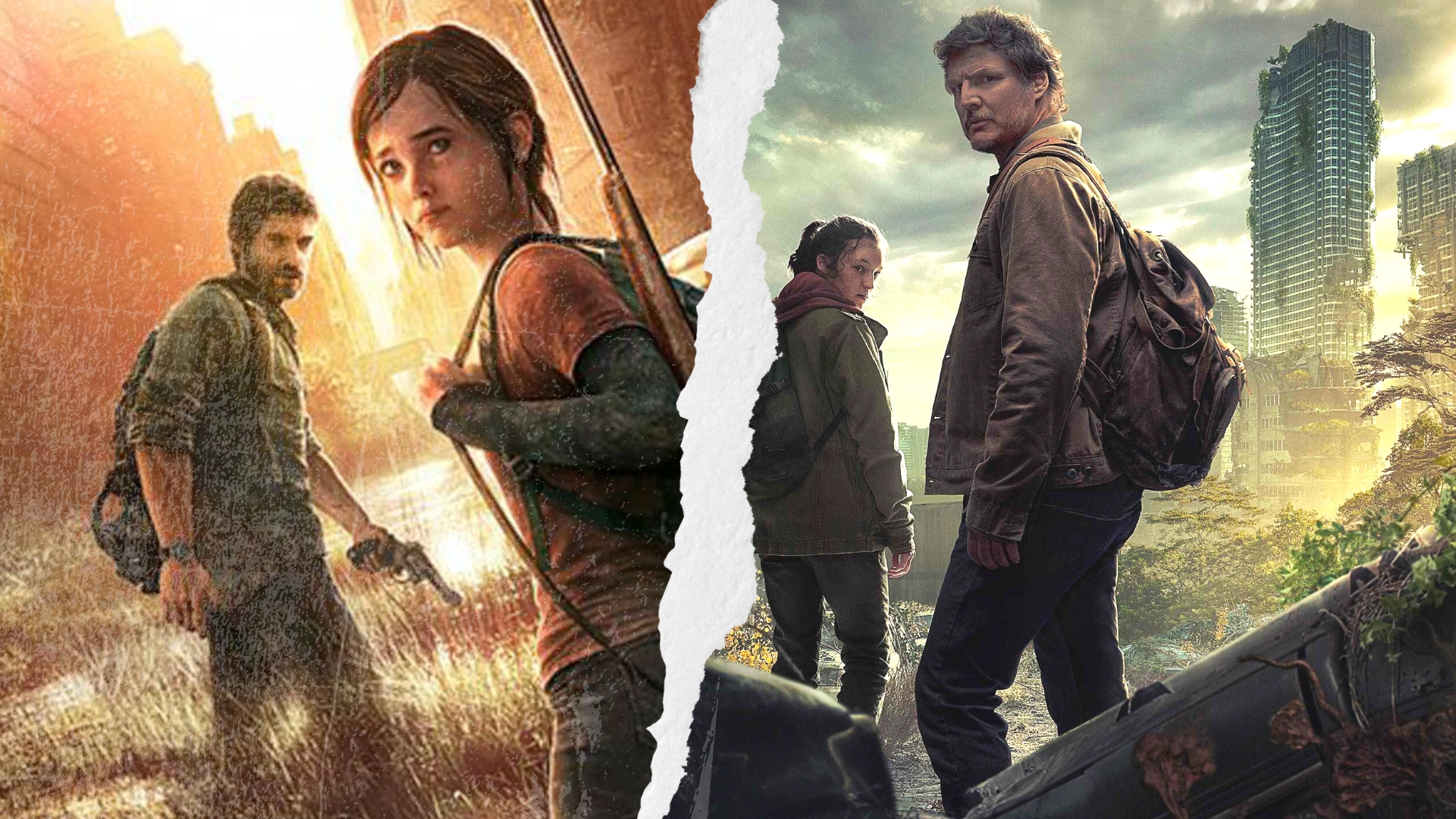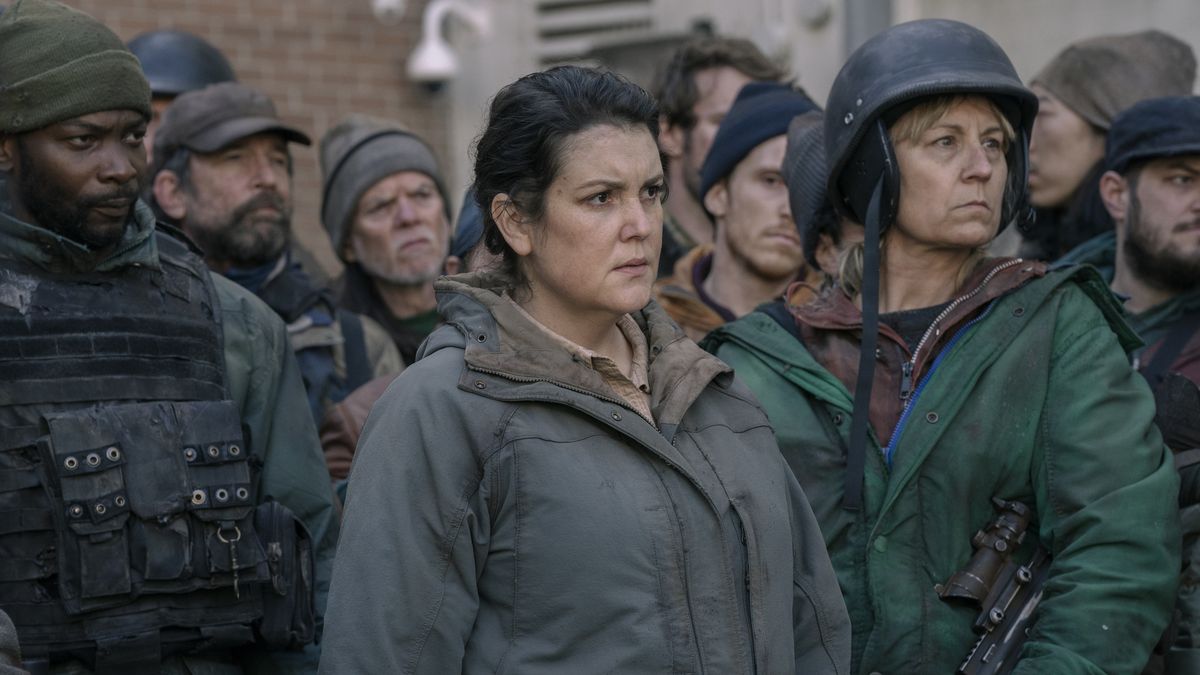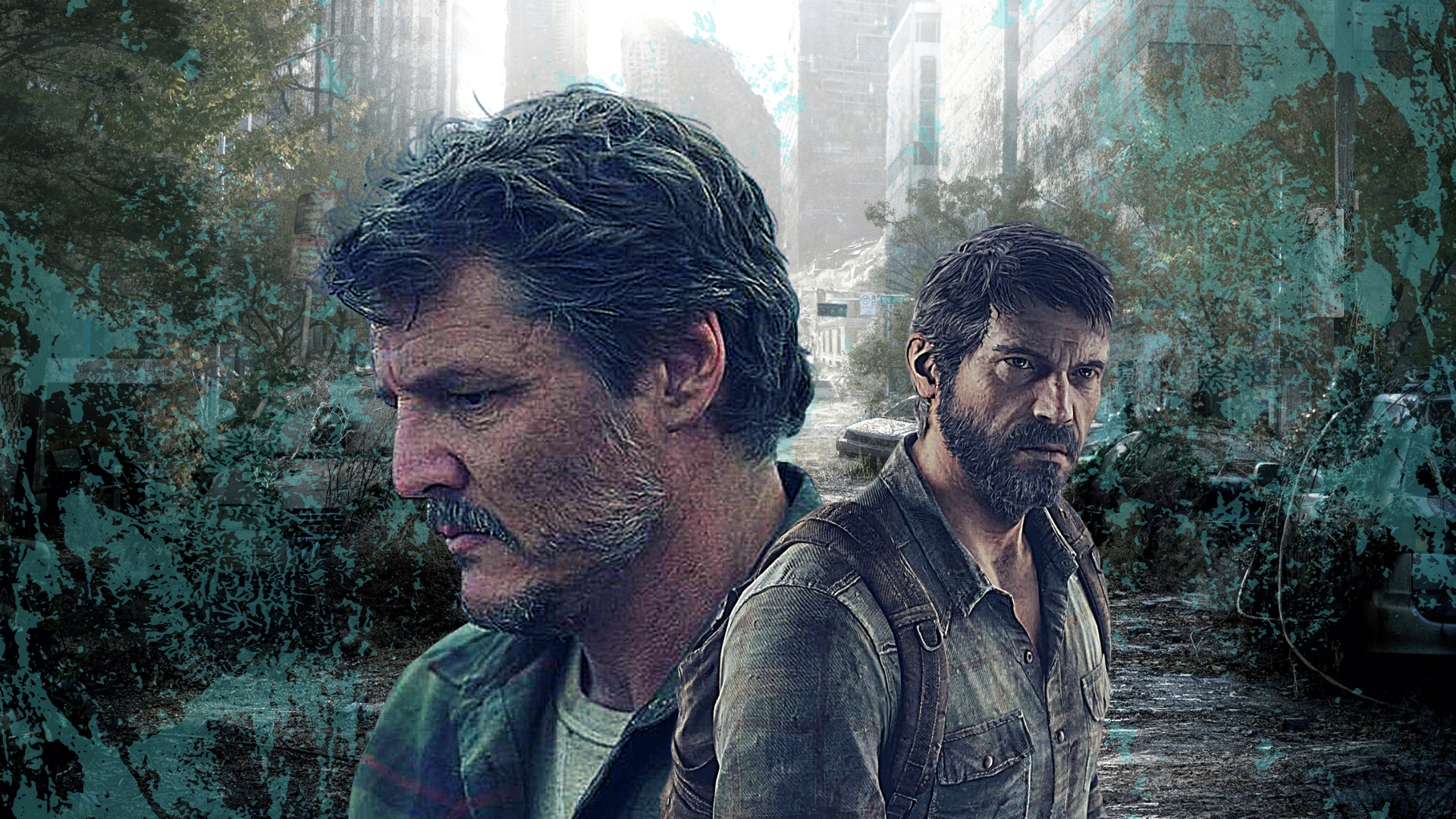The Last of Us proves adaptations work best when they color outside the lines
HBO’s mega-hit is a masterclass in balancing the old with the new

The highly anticipated HBO adaptation of The Last of Us may have only aired four episodes so far, but has regardless drawn widespread acclaim and exceeded the expectations of existing fans and new ones alike. While TechRadar’s own review of the series might not have felt fully convinced at the time, on-screen the series has appeared to go from strength to strength with the release of each episode.
Particular praise for the series thus far has focused on how impressively it has made the transition from a video game to another screen medium, a transition that has seen other recent examples such as the Uncharted film and Halo TV series fall short of their source material’s quality.
HBO’s The Last of Us discovers a unique, winning balance between a faithful maintenance of the original story’s core heart and a willingness to explore the source material in new ways which prove that The Last of Us still has a lot left to teach us all.

With the original games’ writer and director, Neil Druckmann, heavily involved in production of the HBO reimagining, existing franchise fans might have assumed that the adaptation would come with few changes from the source material.
Yet, refusing to fall trap to the mistakes of countless adaptations before it, The Last of Us series has so far been at its best when it’s demonstrated a willingness to make changes for its transition to TV. As Druckmann said to TechRadar in January, “The move to TV allowed us to expand this story. Some of that expansion happened by necessity because the game has certain, sometimes long sequences that are filled with action, and things that work extremely well for gaming just would not work nearly as well – or might be outright boring – in a passive medium.”
Nowhere has the value of the adaptation’s willingness to embrace its own individual identity been more on show than during its heart-wrenching third episode.
Episode 3 – Long, Long Time
WARNING: The following may contain spoilers for episode 3 of The Last of Us
Sign up for breaking news, reviews, opinion, top tech deals, and more.
The Last of Us’ third episode introduced viewers to actor Nick Offerman’s much-anticipated turn as Bill, a curmudgeonly survivalist who central characters Ellie (Bella Ramsey) and Joel (Pedro Pascal) encounter part-way through the original game.
In the source material, the character of Bill is one who is tough to like, as foul-mouthed as he is foul-tempered and seemingly very comfortable in his role as the sole overseer of an abandoned town. The game does offer hints of another life for its Bill, hinting at his sexuality and references to his partner Frank who had departed on bad terms – only to be discovered dead in one of the town’s homes.
This is largely all we ever see of the game’s Bill and his life before Ellie and Joel’s arrival to his town, and the character’s obtuseness doesn’t exactly encourage wanting to know a great deal more, either.
Yet the character as he appears in the series is quite different entirely, even if his initial appearance in the series’ third episode does at least partly resemble the gruff, paranoid survivalist of the original game. But things soon change when, in a departure to the game, we are introduced to the still very much alive Frank (Murray Bartlett).

When Druckmann told TechRadar in January that “we couldn't have told this story in the game”, it seems likely the story of Bill and Frank as told in the adaptation was one of the primary examples he had been thinking of. Spanning decades of the pair’s life together, The Last of Us adaptation presents a Bill with much more depth than that of the game, as a man who falls in love and finds a purpose in the process. A gorgeously depicted and sensitively portrayed romance between Bill and Frank with the backdrop of the world’s end looming over them, this evolution of the original source material is the greatest demonstration yet of how the series distinguishes itself as an adaptation willing to explore – and celebrate – its own identity.
Whether knowingly or unknowingly as a response to a climate wherein LGBTQ-rights advocates in the US anticipate that 2023 could set a new record for anti-LGBTQ legislation, The Last of Us’ depiction of the relationship between Bill and Frank is a profound achievement that most adaptations could only dream of. The series does not overextend itself in its depiction of this relationship nor shy away from it, instead allowing it to develop steadily and present itself as a touching showcase of how love is as universal as its power to inspire us.
As Bill heartbreakingly confesses to Frank, “I was never afraid before you showed up.”
Episode 4 – Please Hold My Hand
WARNING: The following may contain spoilers for episode 4 of The Last of Us
In yet another departure from the game, the fourth episode of The Last of Us similarly expands upon the source material’s existing story as a vehicle to impart lessons relating to its core themes of survival, purpose and meaning.
The introduction of series original characters Kathleen (Melanie Lynskey) and Perry (Jeffrey Pierce) is another example of how the series and its creative team have sought to retain the source’s core themes while also seeking to expand upon them in new ways.
The Last of Us has always been a story about survival, much more than it has ever been one about ‘zombies’ or anything else. Questions about why we survive, why we fight and what gives us meaning are what drove the brilliance of the original game’s story, and the same is true of the adaptation.

Through Kathleen especially, we are introduced to an example of a darker source of meaning and purpose than that shown through the story of Bill and Frank in episode three. Seeking vengeance for the death of her brother, Kathleen is a character who has lost sight of her core humanity, showing a willingness to brutally turn on people she once knew and expose herself and her community to imminent danger for the chance of fulfilling her quest for revenge. There is the old saying which, when paraphrased, says something along the lines of “those who seek revenge must first dig two graves”. And this lesson on the danger of revenge as a purpose and source of meaning is on full display in the fourth episode of The Last of Us.
Yet while it might take a different form, this example shares the same themes of love and purpose in the process of survival as the story of Bill and Frank, which is what The Last of Us has explored from the very beginning.
Translating old lessons and discovering new ones
The original story of The Last of Us had a lot to teach its audience about grief, love, purpose and reflection upon the reasons that we all fight to survive. And those lessons have so far remained intact in the games’ adaptation. However, the expanded and reimagined tale of Bill and Frank provides us with a compelling example of how much more The Last of Us still has to say.
And the success of that translation should act as a lesson for others hoping to adapt video games in the future. What Druckmann and running mate Craig Mazin have successfully recognized is that faithfulness to the source is more about understanding the core themes than it is about hewing closely to the existing story. An adaptation doesn’t (and shouldn’t) need to place artificial limits on itself for the sake of appeasing fans – instead, it’s about finding a balance and expanding upon the inspiration in ways that all audiences can appreciate, regardless of their level of familiarity with the original.

While there will always be existing fans of any story who will take exception to certain (or any) changes with an adaptation, the community reception to The Last of Us shows that the majority of fans will celebrate the opportunity to relive a story that they love, and appreciate the opportunity to discover new and enriching ways to engage with it.
Screenwriters and directors take note, this is how you adapt a beloved story.
Season 1 of The Last of Us is currently streaming on HBO Max (US), Now (UK) and Binge (AU).

James is a senior journalist with the TechRadar Australia team, covering news, analysis and reviews in the worlds of tech and the web with a particular focus on smartphones, TVs and home entertainment, AR/VR, gaming and digital behaviour trends. He has worked for over six years in broadcast, digital and print journalism in Australia and also spent time as a nationally recognised academic specialising in social and digital behaviour trends. In his spare time, he can typically be found bouncing between one of a number of gaming platforms or watching anything horror.